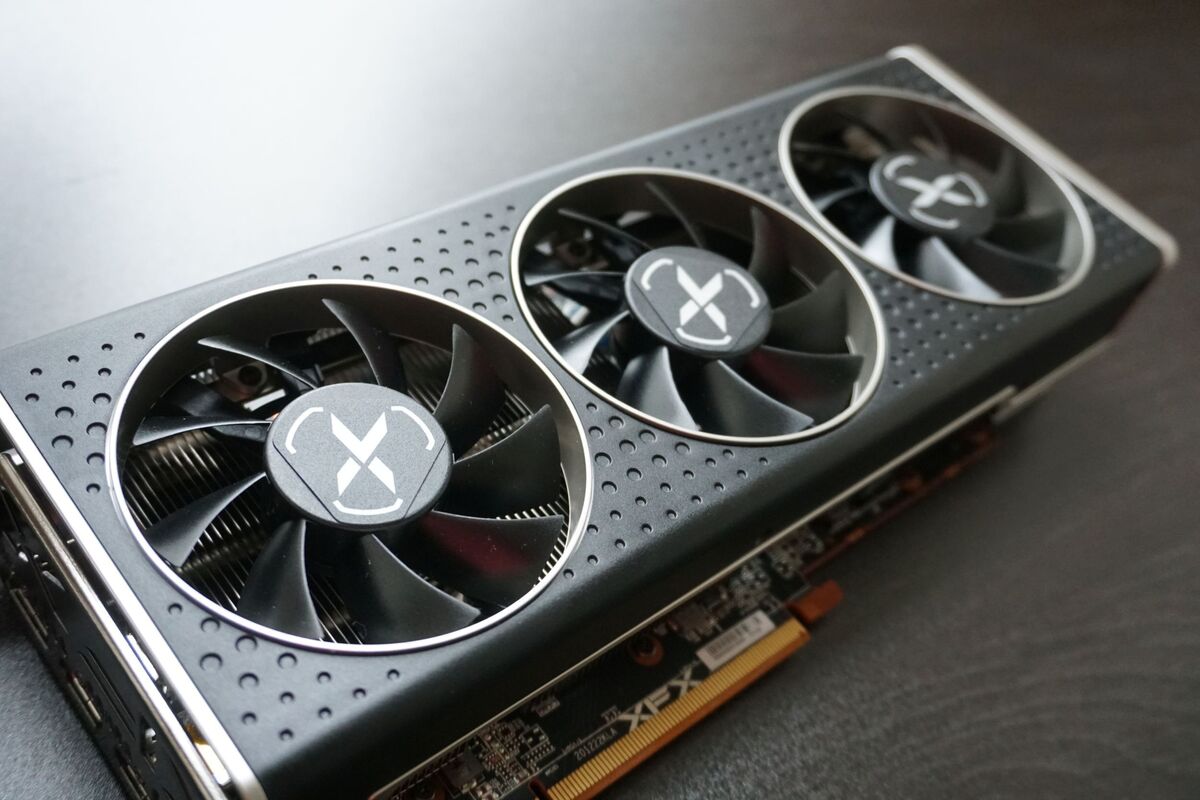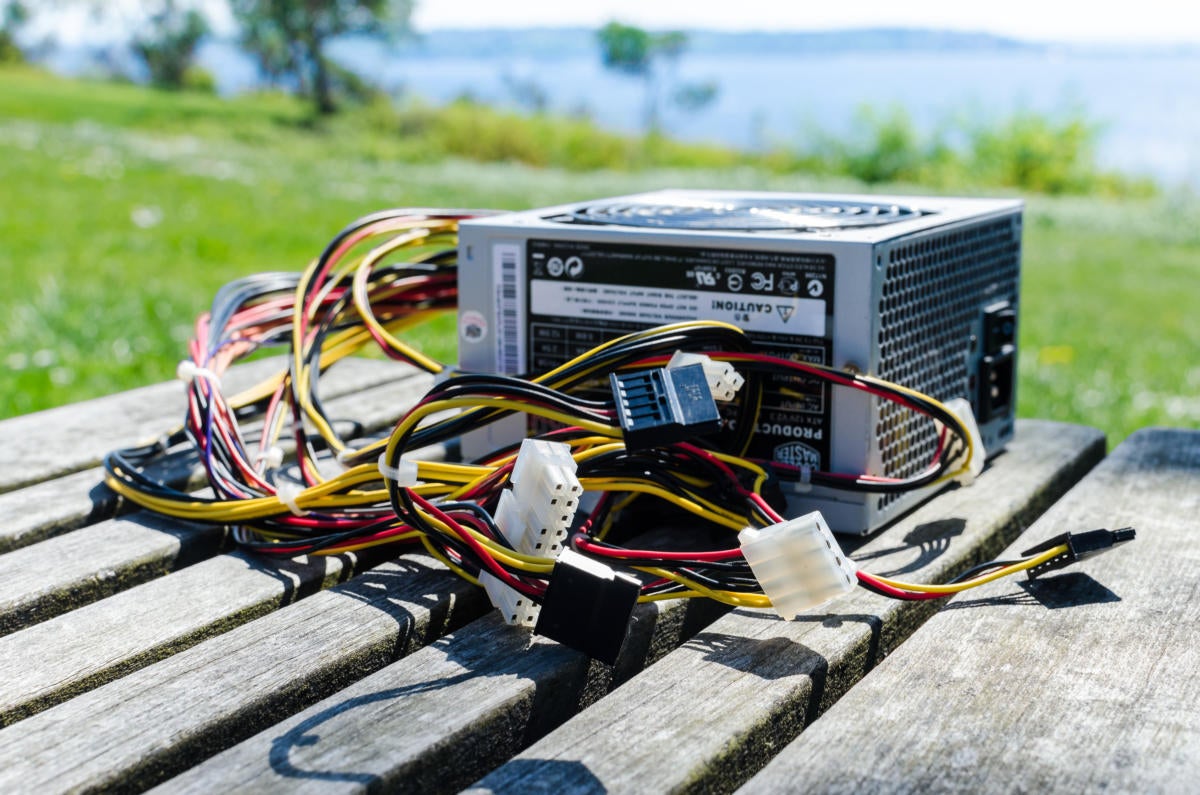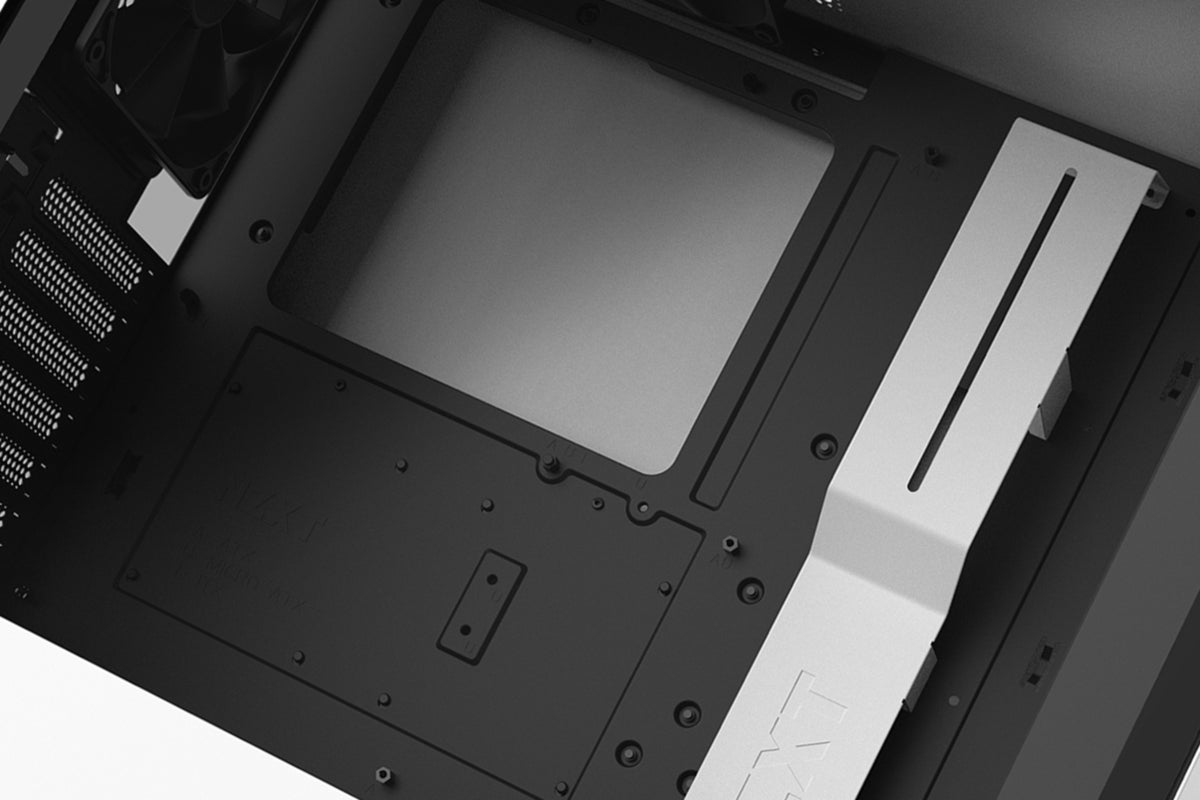How to check if your motherboard is dead - wolfesuieckled
Modern motherboards are fairly springy, just they'atomic number 75 not impervious to damage. So when your mobo appears unresponsive upon powering your system, information technology can get momentary heart palpitations. More or less mobos are pretty big-ticket, and even when they'ray not, replacement one is more metre consuming than other components.
Usually if you're having problems with your motherboard powering on, you should look at the rest of your setup to see if there's an outcome. The following steps guide you through the troubleshooting work, starting with the easier and more inferior suggestions.
(And for anyone wondering: No, a CMOS battery can't prevent your motherboard from powering on. Not with modern motherboards, anyway. That strike battery clean ensures that your BIOS settings, such as boot lodg, fan curves, and the like, remain saved. It can't hurt to supplant it if you truly think over it's the source of your problems, though—they only be $3 surgery so.)
1. Check power cables
 Emilian Robert Vicol / Pixabay
Emilian Robert Vicol / Pixabay A dead motherboard tail sometimes be peerless lacking a conection to the power supply.
Make sure all of your power cables are properly seated: the 24-pin connection besides every bit the Mainframe power cable and any unnecessary power cables your organization might call for, like when you've through with a respectable overclock along the processor.
Why check the Central processing unit world power cables when many motherboards show visual lights operating theater LED readouts afterward powering up? Operating theater symmetrical after you've gone to the bother of testing the CPU separately? Some motherboards lack those visual cues. IT's worth verifying that your job ISN't the CPU not getting juice from the power supply and thus preventing Charles William Post.
2. Transfer RAM and discrete GPU
 Brad Chacos/IDG
Brad Chacos/IDG An improperly seated GPU can sometimes interfere with a motherboard's ability to power along.
If you know your motherboard has working power indicators (i.e., lights Beaver State an LED read-out), try pulling the Drive and GPU to see if the motherboard bequeath power on without those components. You want to eliminate these as voltage issues. An improperly seated GPU fundament interfere with a mobo's ability to power on, e.g..
For motherboards that lack indicators of power on, you may have to go through with additional steps of reseating GPU and trying come out of the closet different slots for RAM—plus trying different sticks one after another—to picture if your issue is instead a system flunk to POST, rather than a dead mobo.
3. Check the power supply
 Thomas Ryan/IDG
Thomas Ryan/IDG A faulty big businessman supply cable (or power supply) can make a motherboard seem dead.
Make a point your power render is actually providing electricity to your motherboard. You can pick up a PSU tester ($15) or a multimeter ($10) for this purpose, operating room if you have a spare magnate supply connected hand, you can switch it in instead. You don't have to in reality install the alternate power supply into the shell—just connect it to the motherboard or else of your original PSU.
The PSU tester will verisimilar be easiest for most mass, since you simply connect the cables for testing. With the multimeter, you'll have to figure out which pins on the connectors to use when testing for continuity. It's also cheaper than obtaining a square supply if you Don River't already have one on hand.
Incidentally, if you suspect that the major power supply itself mightiness be the job, be positive to too check that the sales outlet you're plugged into is running properly. This point is especially pertinent if you're plugged into a tide defender, as those can fail.
4. Chit the motherboard standoffs
 NZXT
NZXT Standoffs touching the hinder of your motherboard toilet cause a short—and a temporarily dead mobo.
Sometimes when rearranging the positions of standoffs in a display case, you can leave one in a spot where it's not lined upwardly with the motherboard's holes. And if that bit of metal touches the back of the mobo in the right place, it can cause a myopic—which bum pencil lead to the motherboard appearing dead. So if you're convinced that your mobo is indeed dead, you can pull it out from the case to check to see if this is the issue. Try powering your motherboard spell it's outside of the case and sitting on a non-conductive surface.
If information technology turns come out of the closet there is an improperly placed tie in your case, simply polish of it, then reinstall your motherboard.
IT's exsanguine, Jim
Certain your motherboard's dead later on running through and through these troubleshooting steps? Don't toss it just hitherto. If every last your other components are in fine on the job order, you may take up a defective control board. Check to see if you're still under guarantee, and if thusly, file an RMA asking with the manufacturer. You might be able to get a replacement for free (operating theater for the be of shipping).
Source: https://www.pcworld.com/article/395024/how-to-troubleshoot-a-dead-motherboard.html
Posted by: wolfesuieckled.blogspot.com


0 Response to "How to check if your motherboard is dead - wolfesuieckled"
Post a Comment